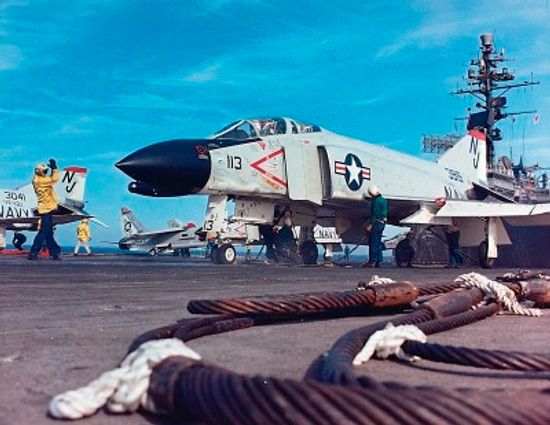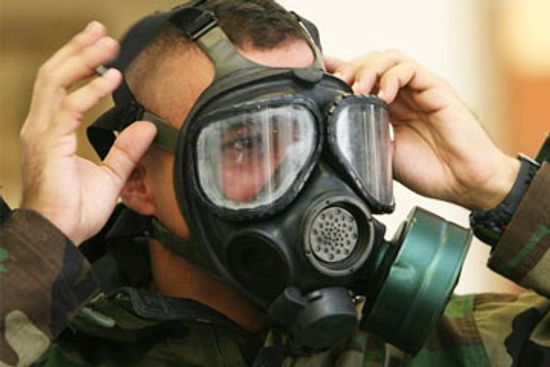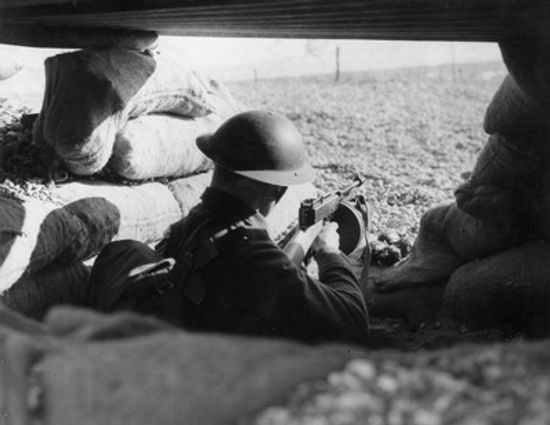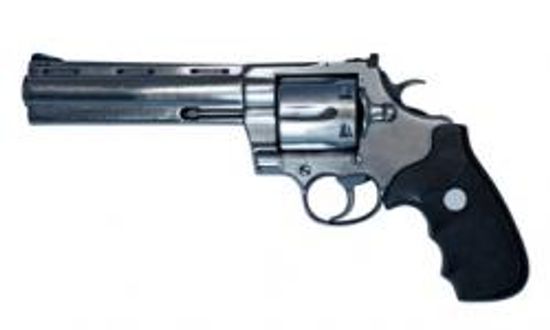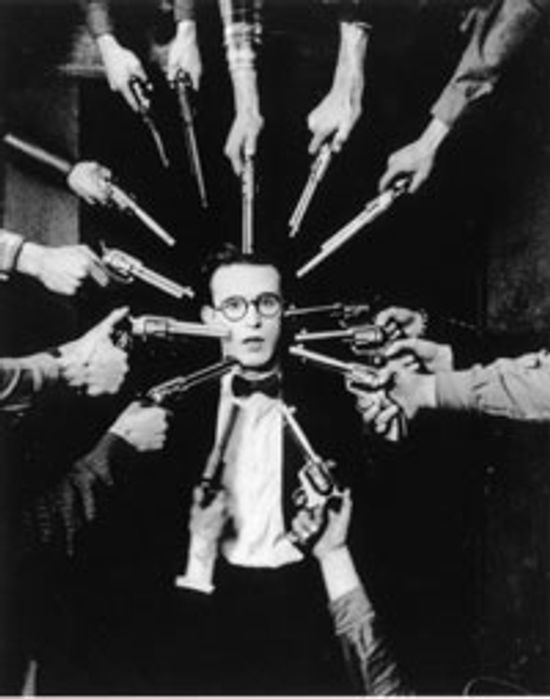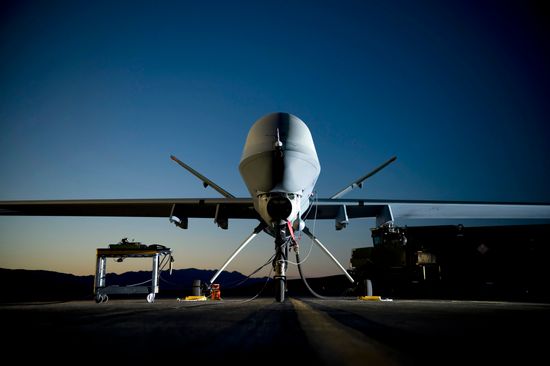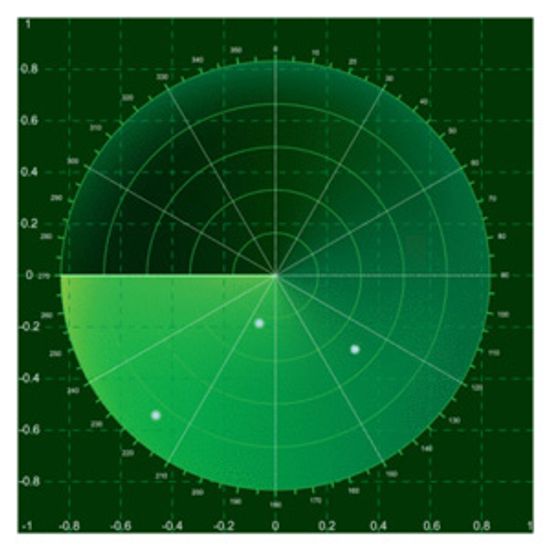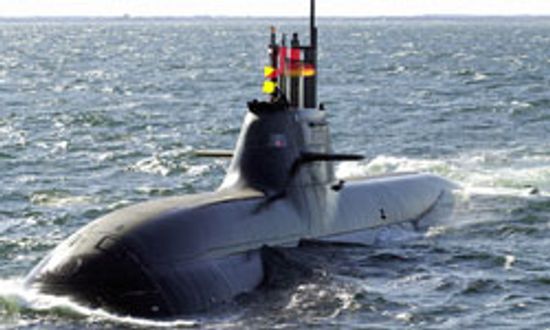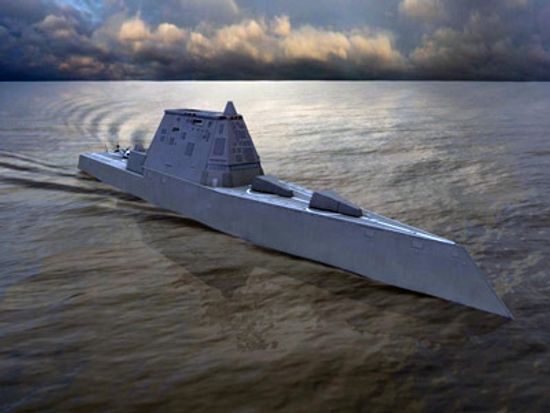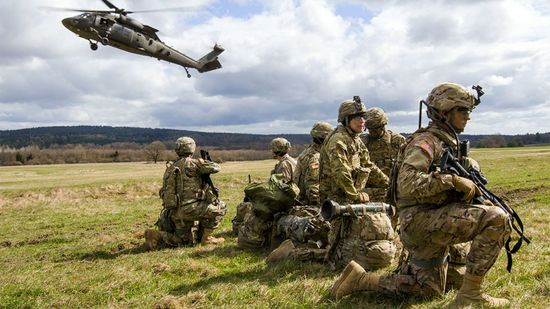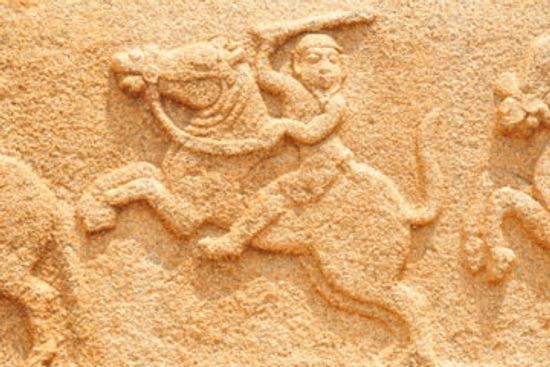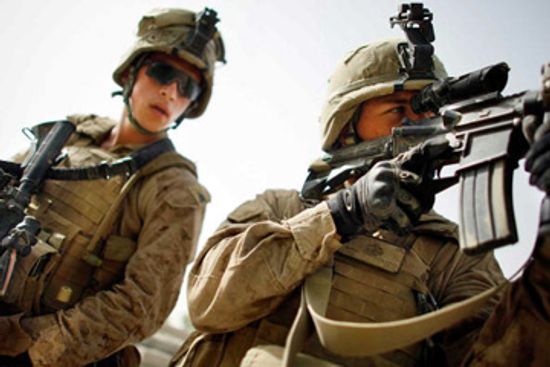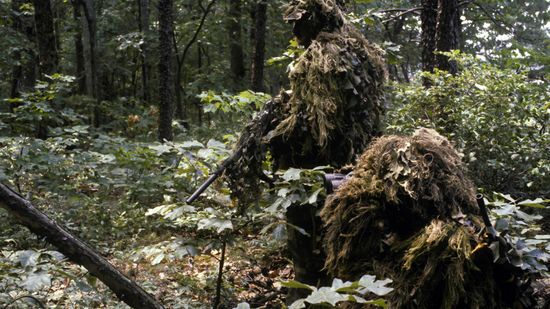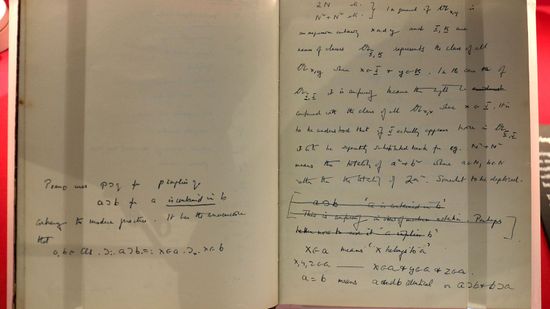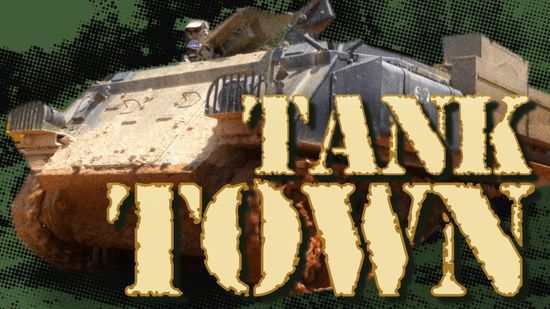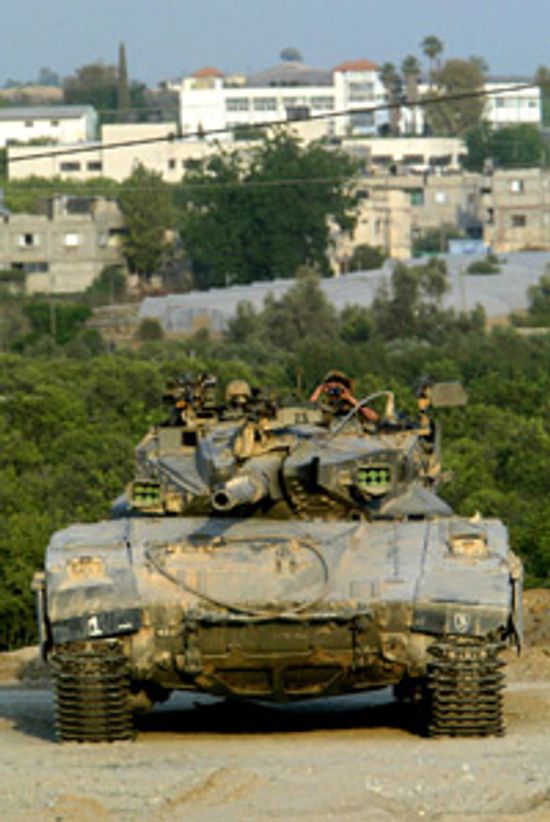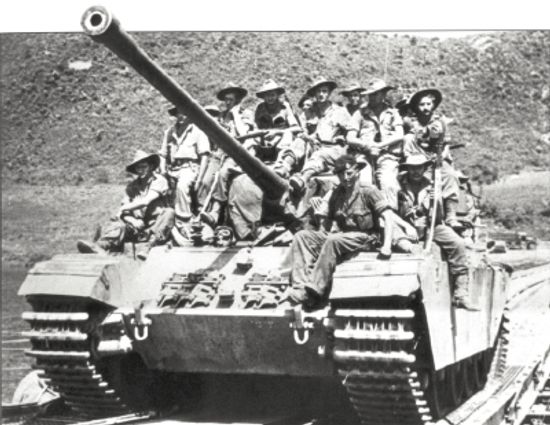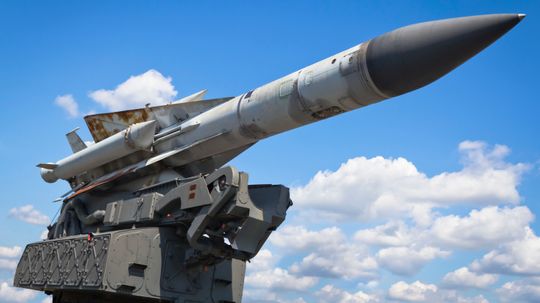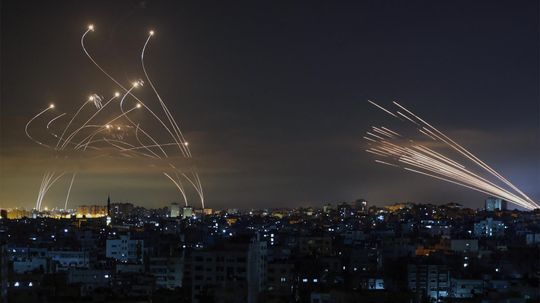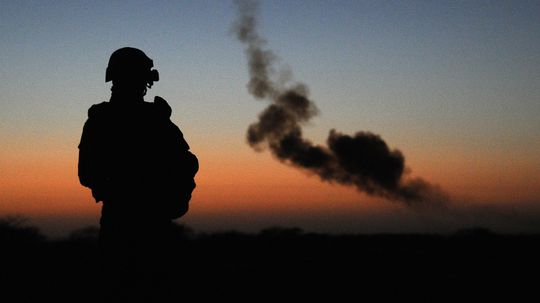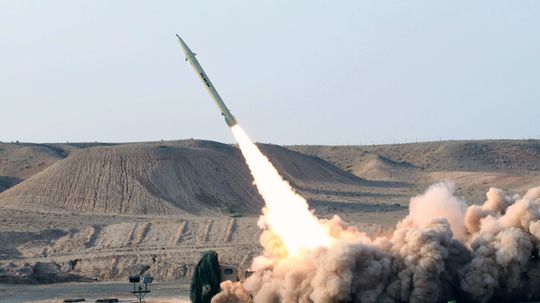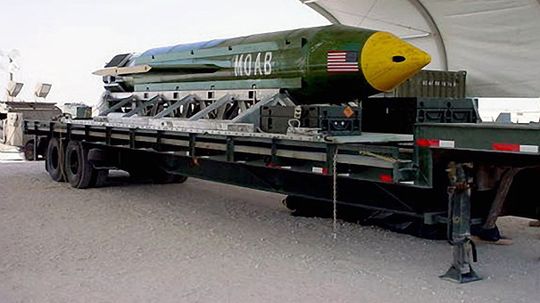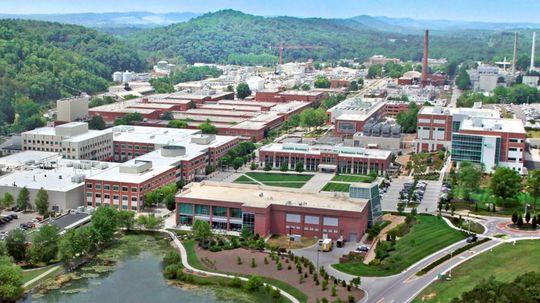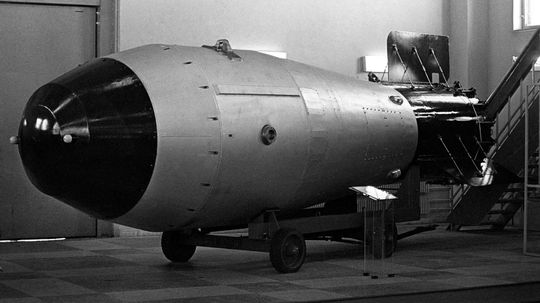Explosives
Get the science behind the inner workings of bombs, missiles and handheld weapons, including grenades. Learn how they work and how they are used to inflict maximum damage.
Learn More / Page 2
Missiles are widely-used in the military because they can reach targets from miles away. Learn about all types of missiles, including cruise missiles, stinger missiles, patriot missiles and even missile defense systems.
You probably have no idea what explosives smell like. But dogs can be trained to detect that distinctive smell, even if it's just wafting through the air.
Israel's Iron Dome defense system is capable of intercepting - and destroying - thousands of incoming rockets targeting civilian areas. Here's how the sophisticated system works.
By John Donovan
Advertisement
It's a delicate, hair-raising business that usually ends in triumph, but can, in certain circumstances, end in tragedy. Welcome to the world of a bomb squad technician. It's explosive.
Back in 1983 when the Cold War was in full swing, the U.S. was looking for an effective new tactic to deter a nuclear strike. The "Star Wars" missile defensive initiative, however, wasn't it. Why not?
Sand turned to glass at White Sands Missile Range. What do we know today about the remnants of the world's first nuclear blast?
By Mark Mancini
Despite the phrase "going ballistic," the term "ballistic" refers to how a missile travels through the air, not its explosive capability.
Advertisement
The MOAB is the largest nonnuclear bomb ever used by the U.S. So what makes it OK to drop this bomb and not a nuclear warhead? We dive in to find out.
By John Donovan
The Manhattan Project built the city of Oak Ridge in rural Tennessee, where secret facilities produced uranium-235 for the atomic bomb.
In 1961, the Soviet Union detonated the Tsar Bomba, still the biggest, most powerful nuclear bomb ever built. One of the cameramen who recorded the event said it sounded "as if the Earth has been killed."

